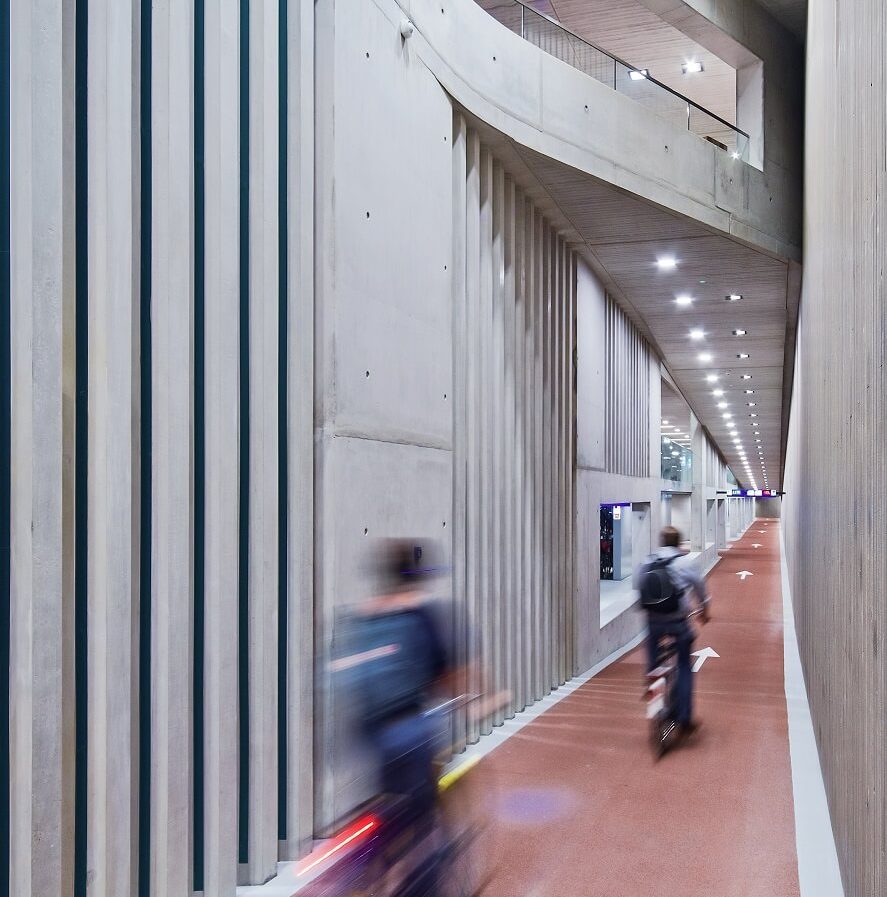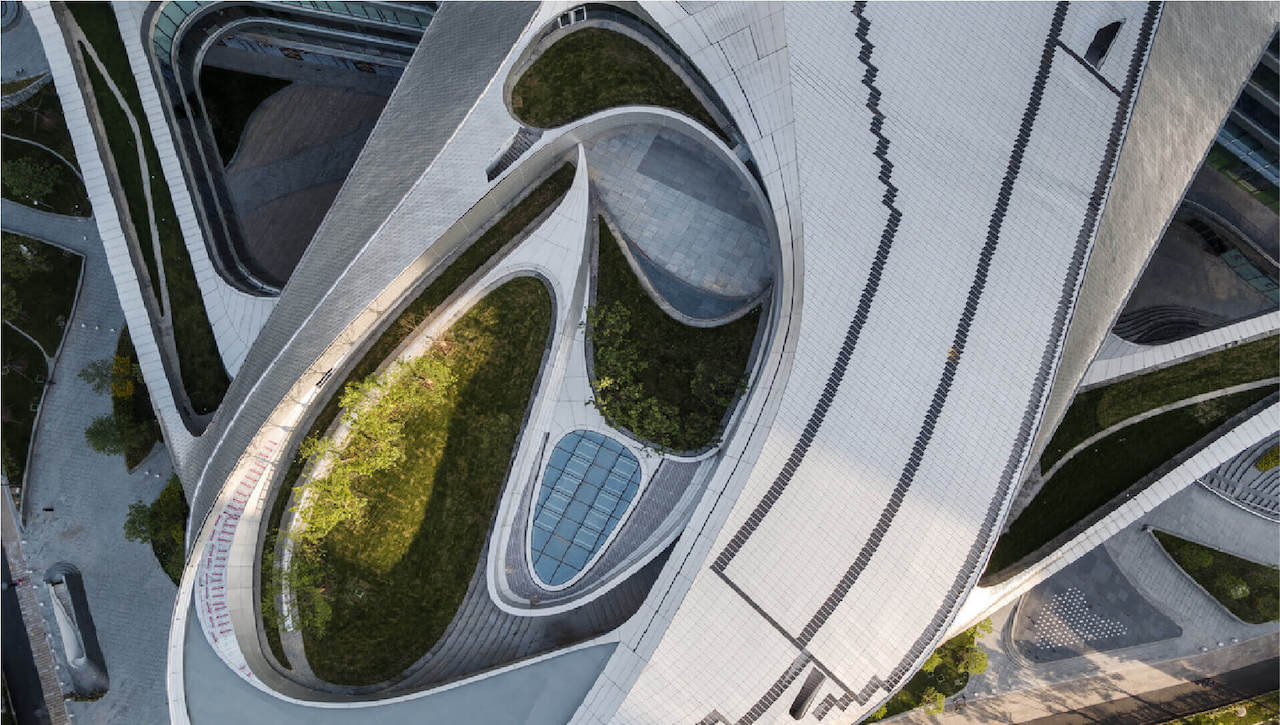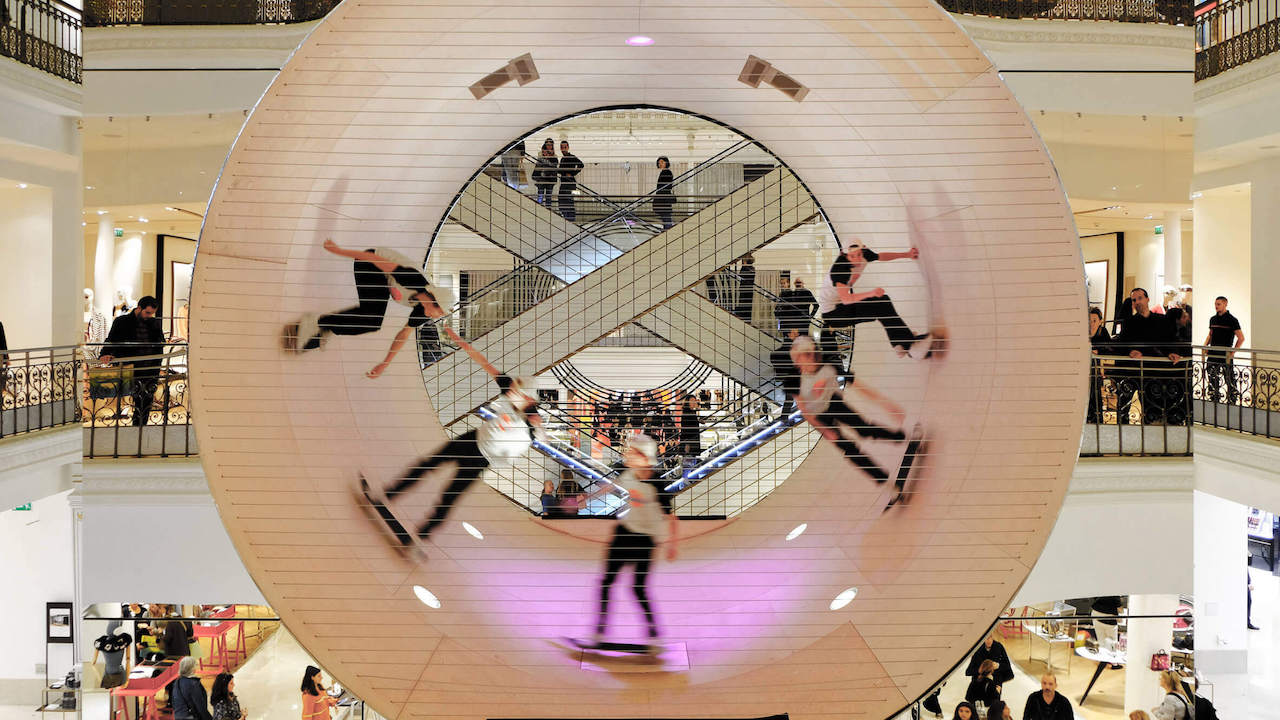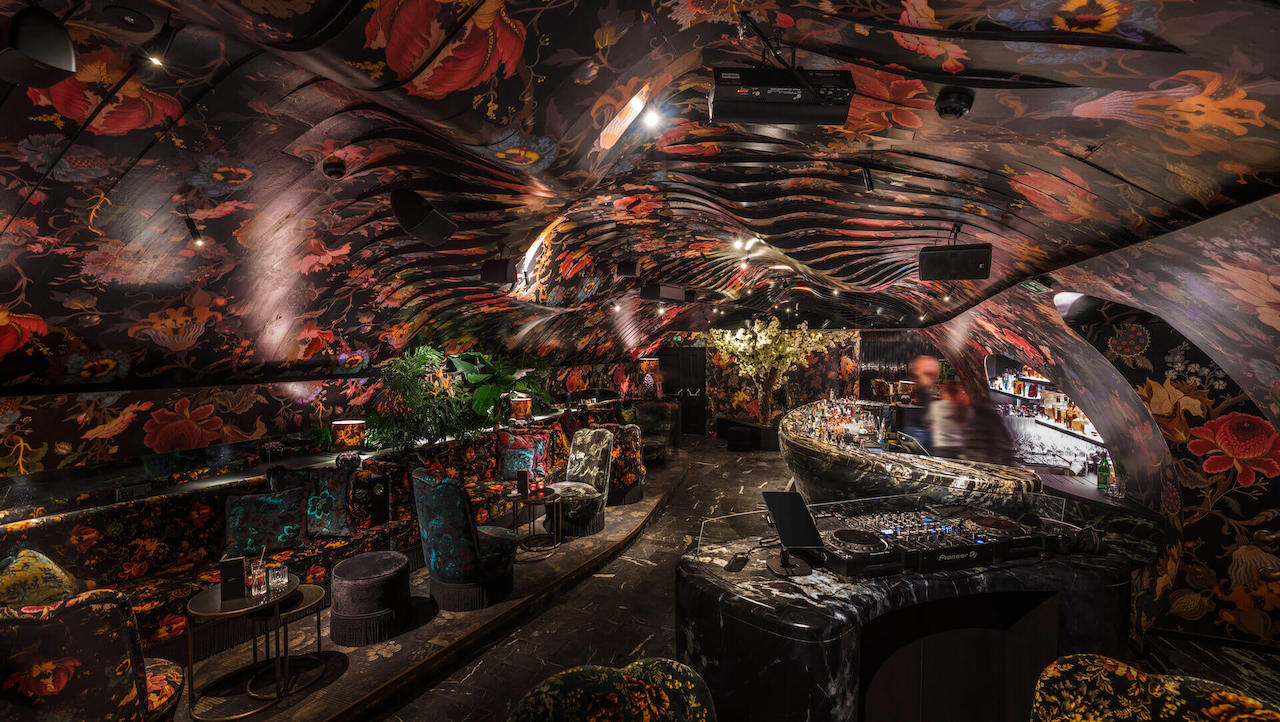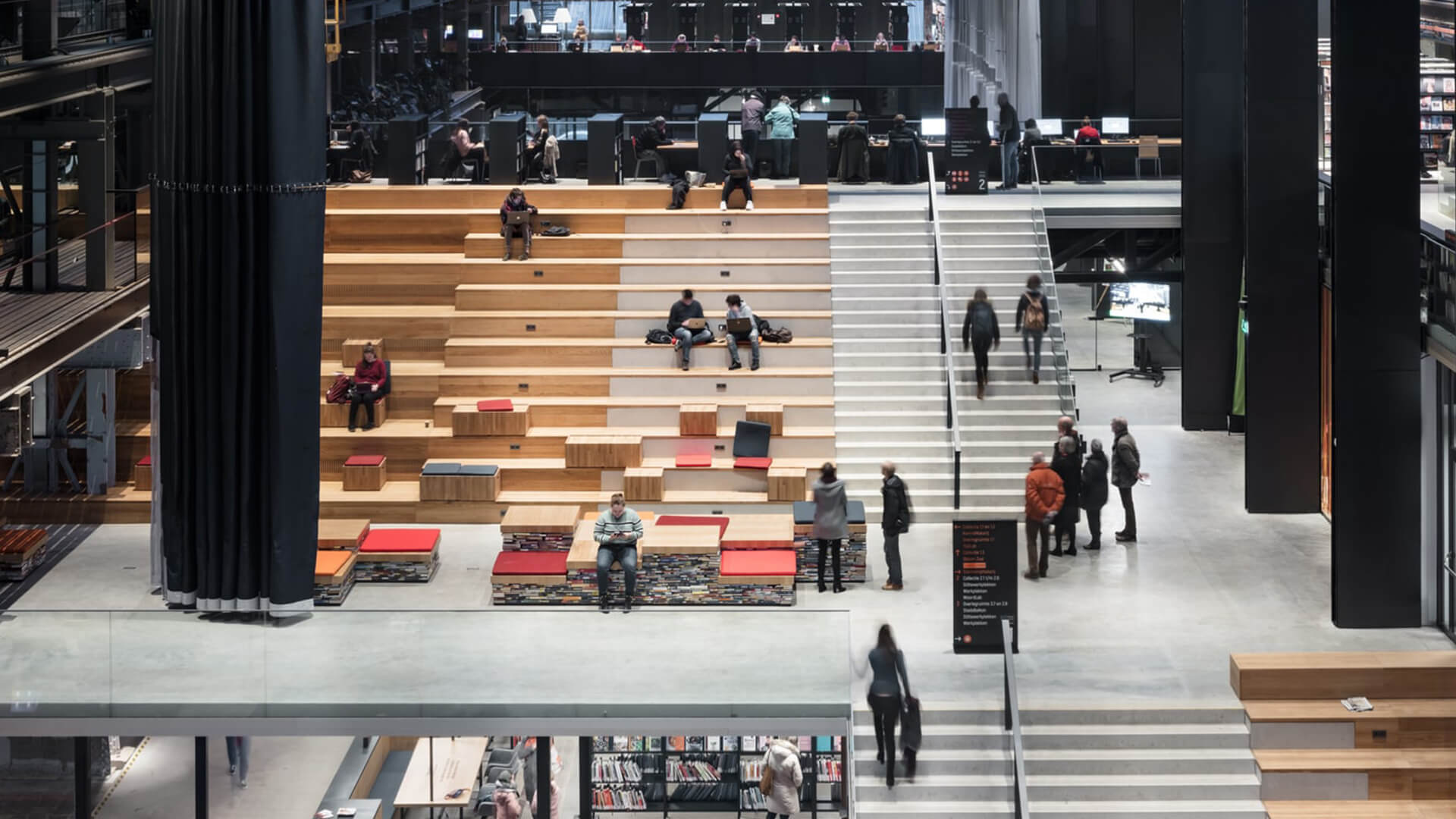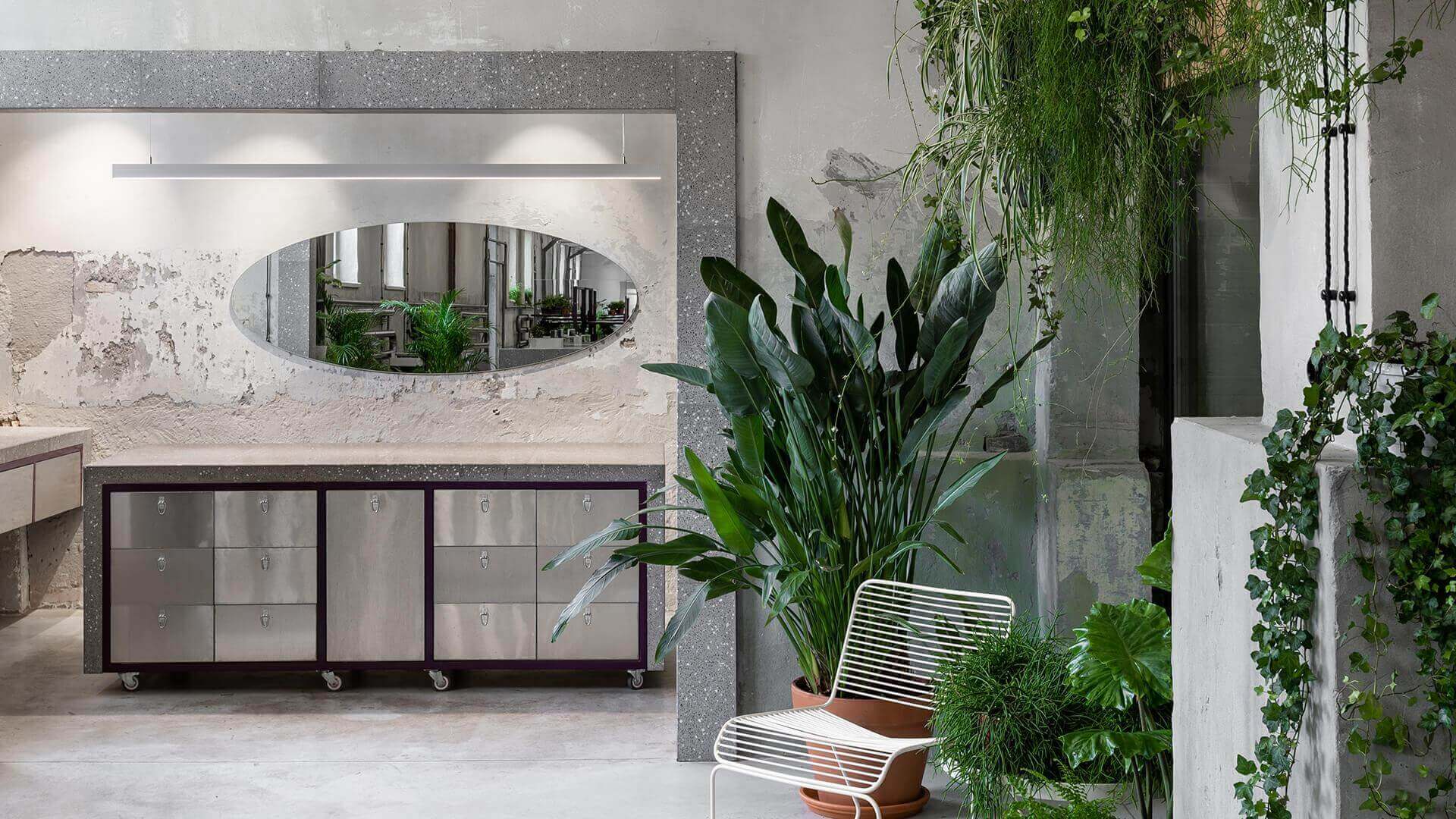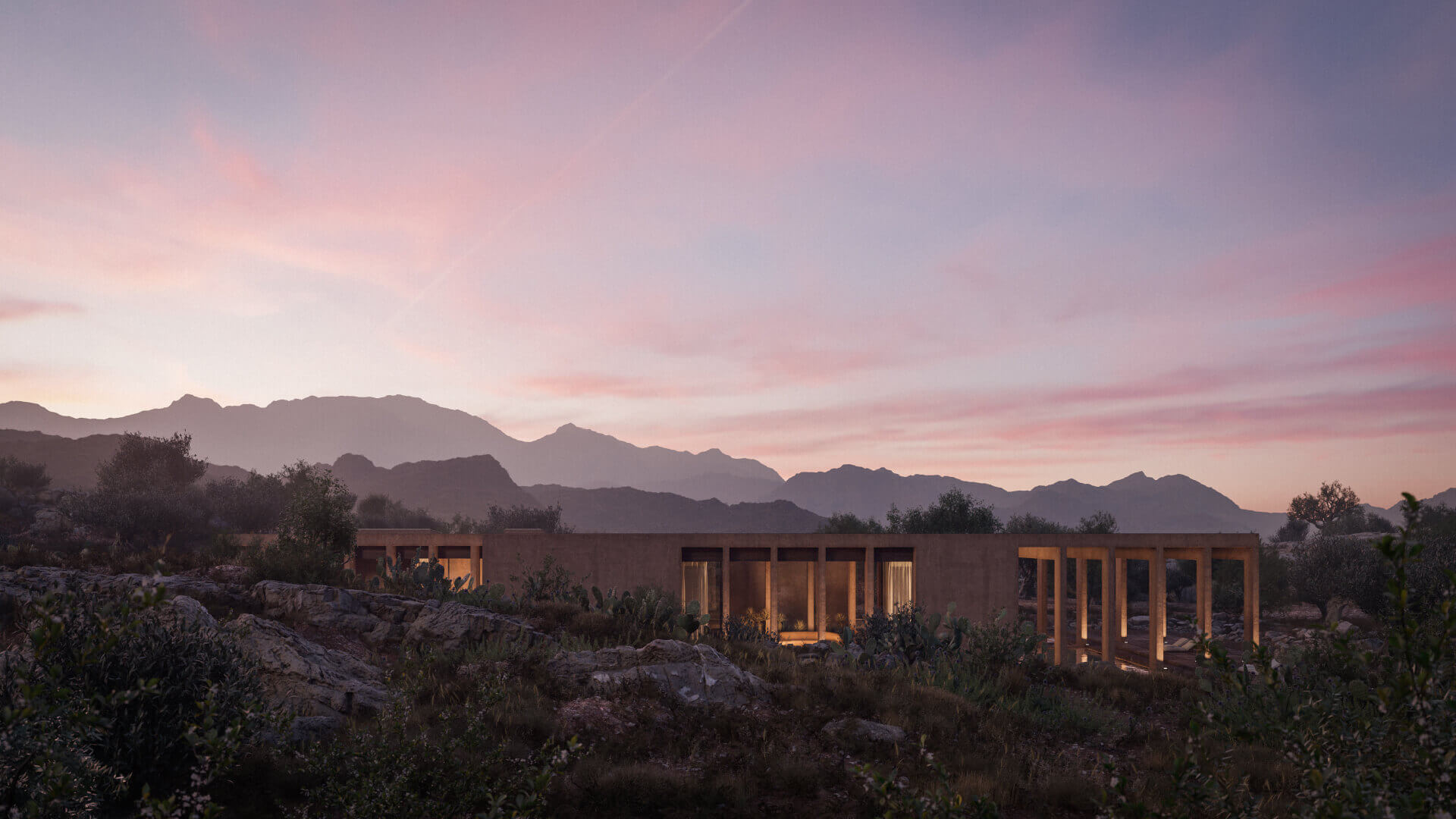The three-story bicycle hub by Ector Hoogstad Architecten is every cyclist’s dream
The bicycle hub, based in Utrecht and designed by Ector Hoogstad Architecten, was completed in August 2019, accommodating over 12,000 bicycles

The Dutch architecture studio, Ector Hoogstad Architecten, has recently completed a three-story bicycle parking with a world record capacity of 12,500 bikes, located below the Utrecht Central Station in the Netherlands.
The bicycle parking is the focus of an urban redevelopment that reconnects the railway hub to the historic center of Utrecht, enabling cyclists to ride from the street level to the bike deposit, which easily accesses the station.

Utrecht Central Station welcomes visitors with an improved street layout, a pedestrian area topped by an iconic canopy supported by three concrete columns.
The three-story bicycle parking is situated just underneath the elevated square. It was designed with three principal aims: convenience, speed, and safety.
Cyclists can pedal all the way up to the parking slot, weaving between the building giant columns and through the sloping ramps, which connect the parking areas on different levels.
Each parking spot, situated alongside the cycle line, is designed to divert from the principal path to provide enough space for people to get off from their bikes without getting in the way of other cyclists.
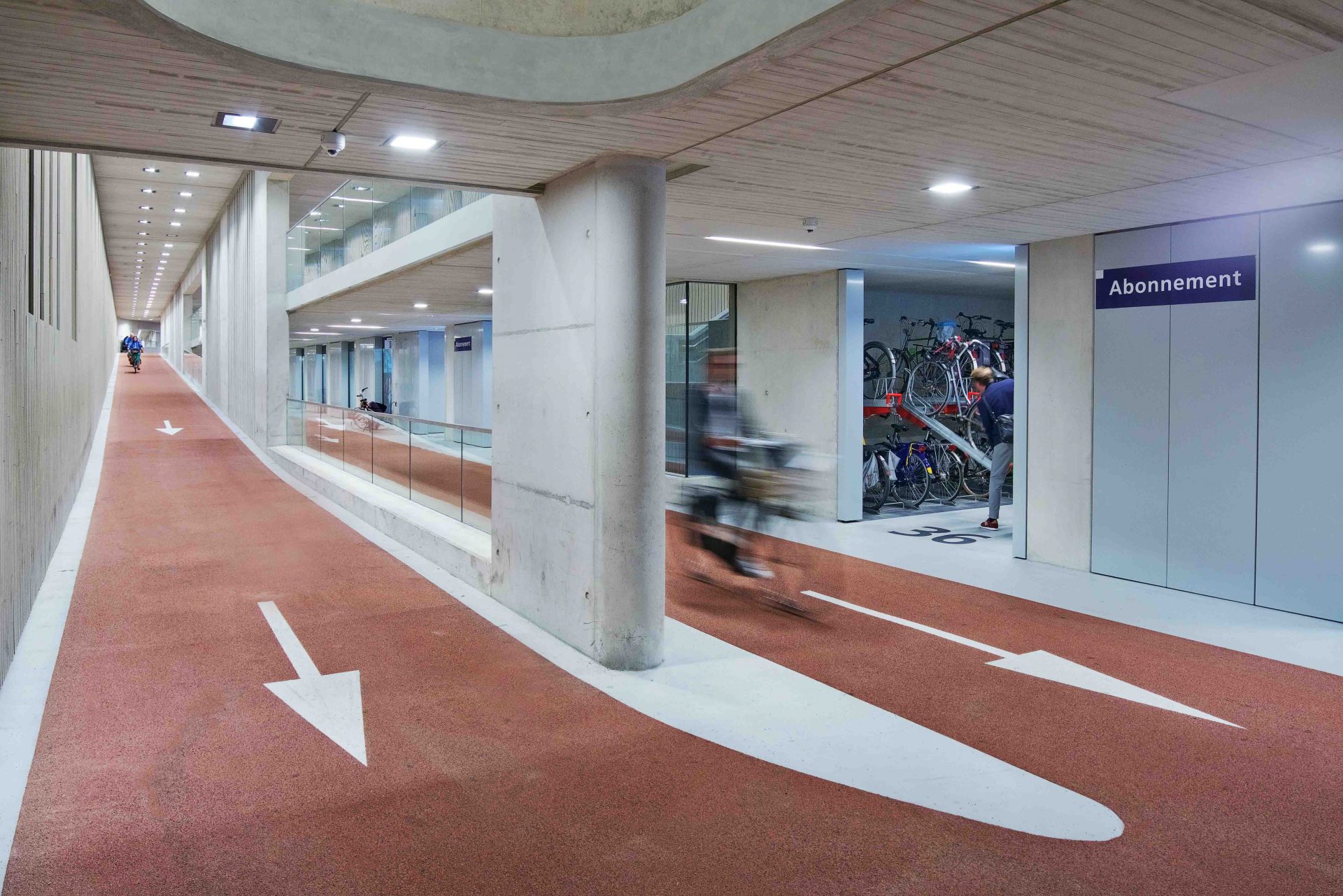
Walls are color-coded to indicate the routing and free parking slots are marked by electronic signals. Users’ needs are satisfied with additional facilities such as a repair shop and a bike rental outlet.
Stairwells and tunnels, located inside the atria covered by skylights, create a direct connection to the elevated square, the main terminal building and the platforms, ensuring a good orientation and natural light.
The use of materials such as concrete, steel and chemically treated wood creates a durable building with a warm and pleasant atmosphere.

The three-story bicycle parking by Ector Hoogstad Arfchitecten is more than just infrastructure. It adds an exciting and surprising architectural dimension to the city, encouraging locals to use bikes and public transport instead of cars.
The building constitutes a mobility hub that answers to major problems in urban centers, such as pollution and logistic indigestion, by promoting cyclists and pedestrians and making car use less attractive.







